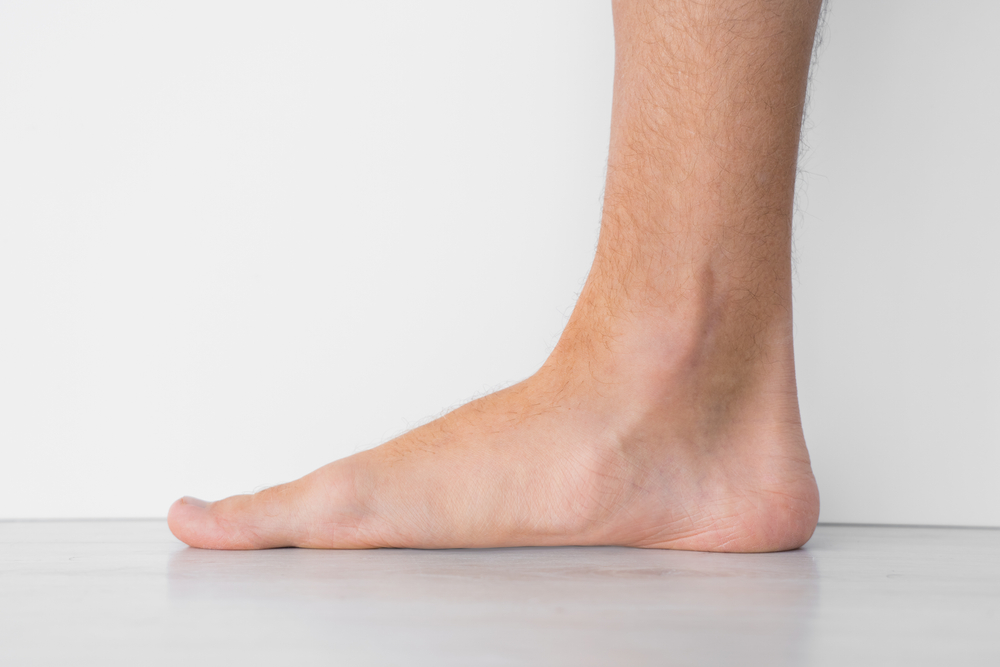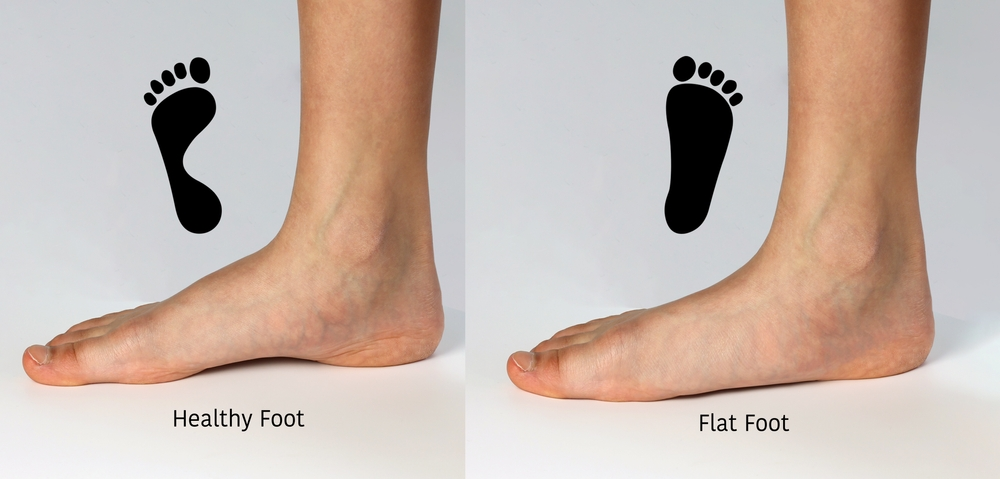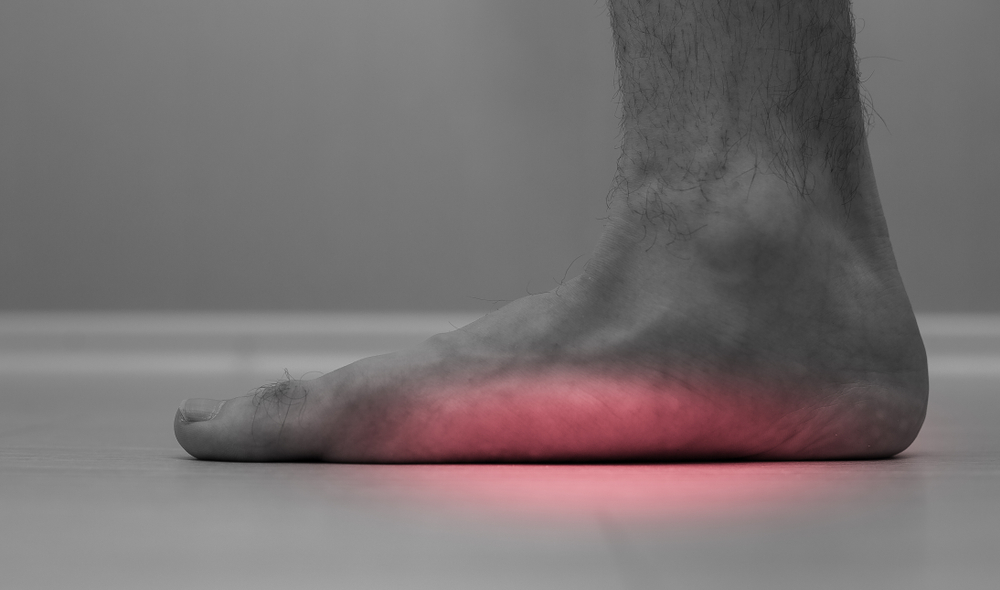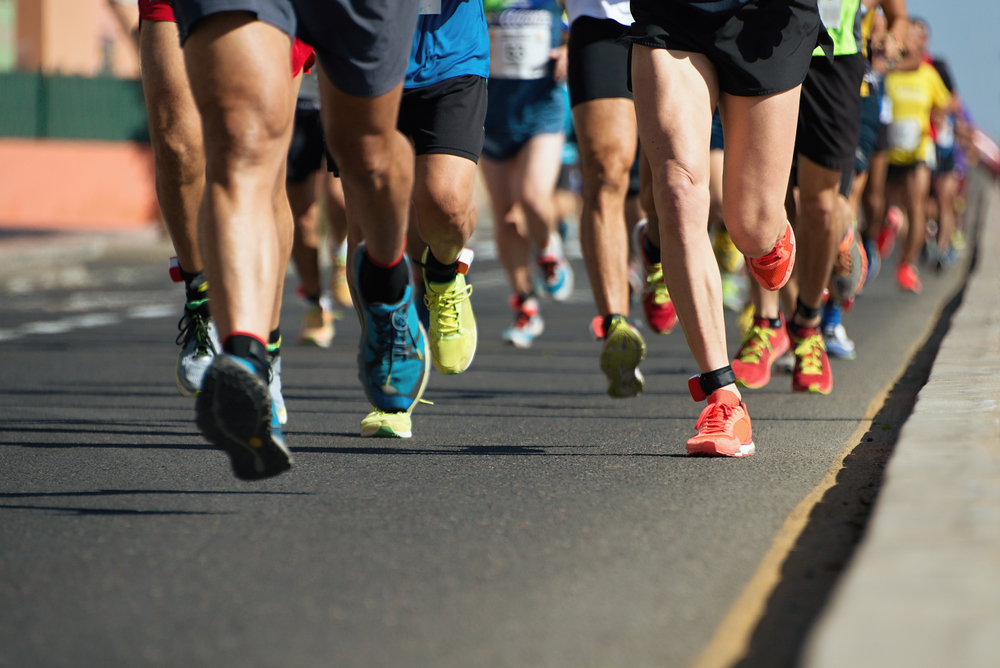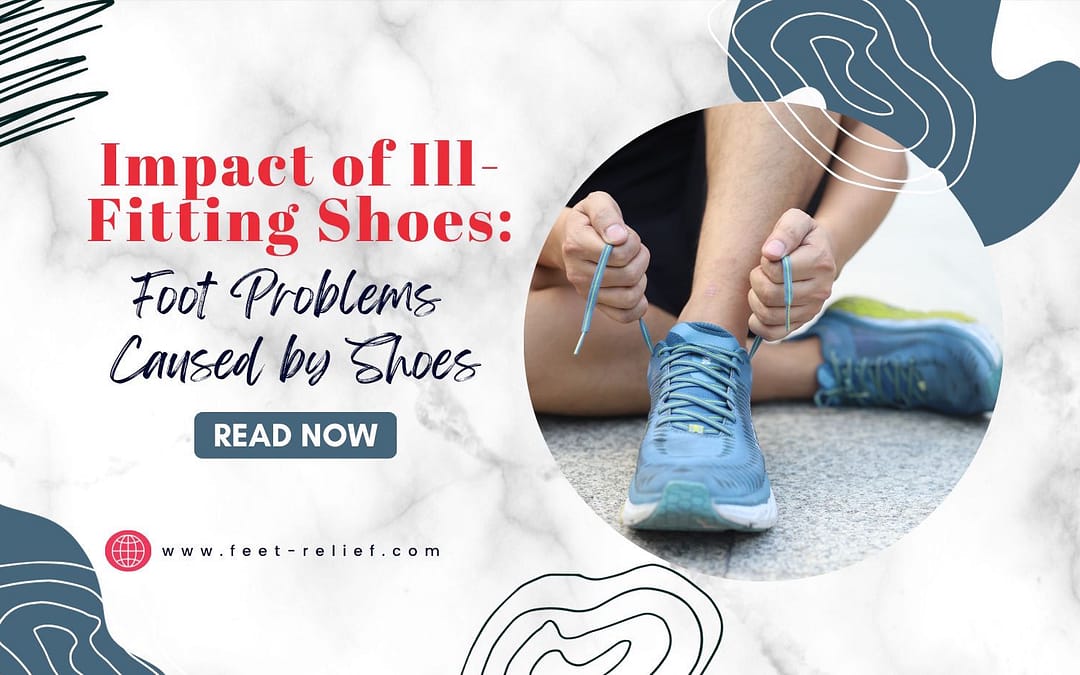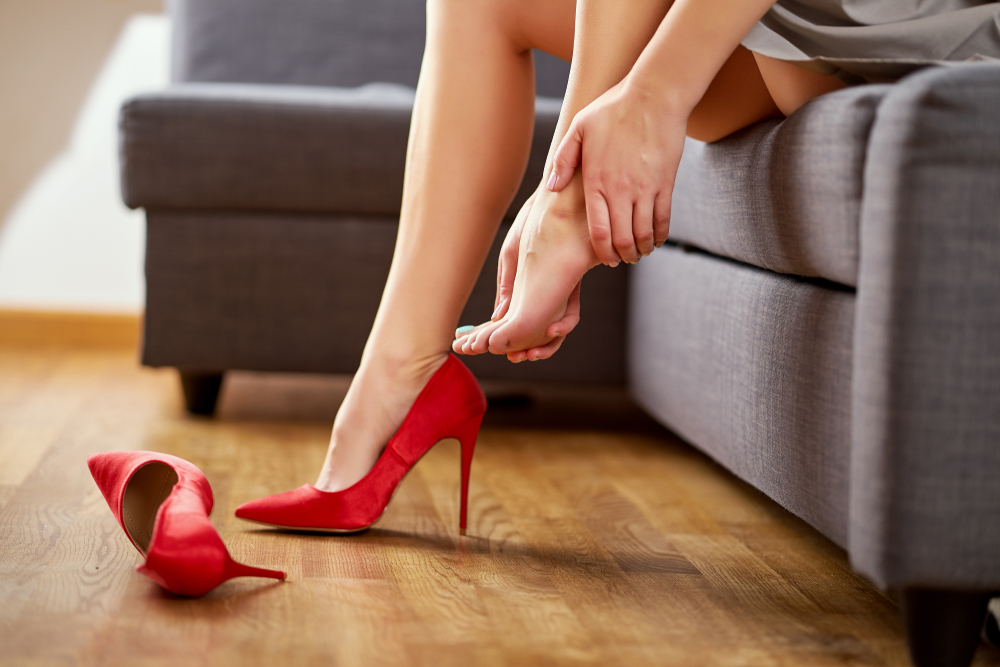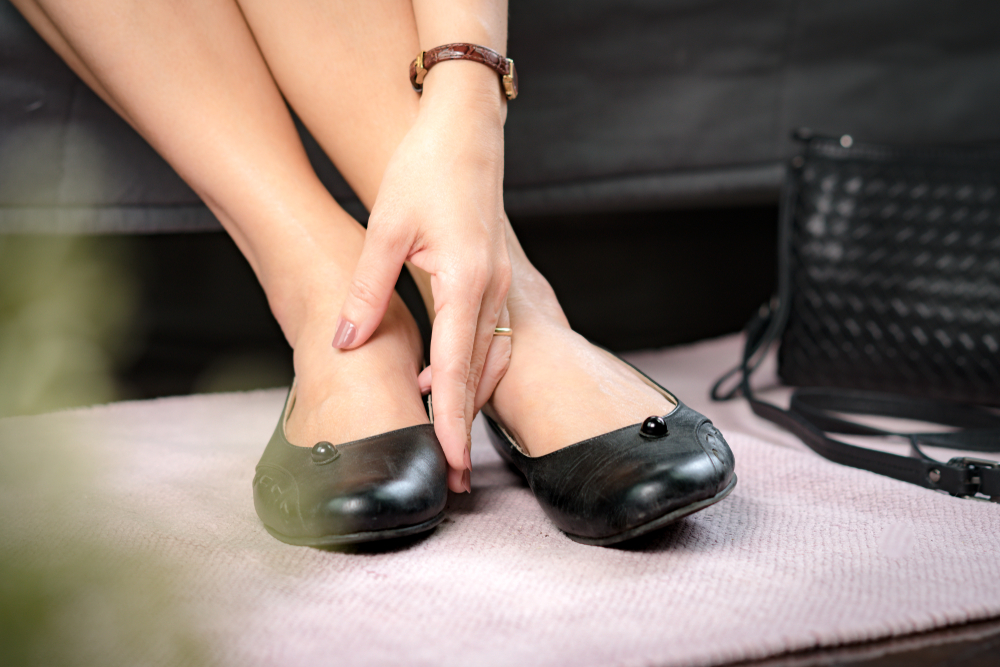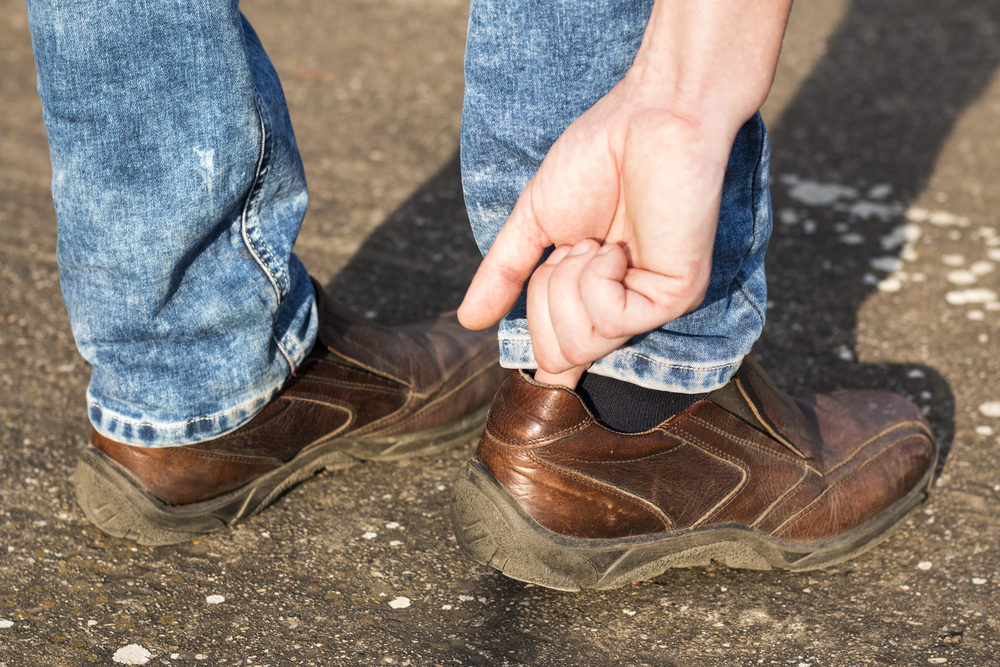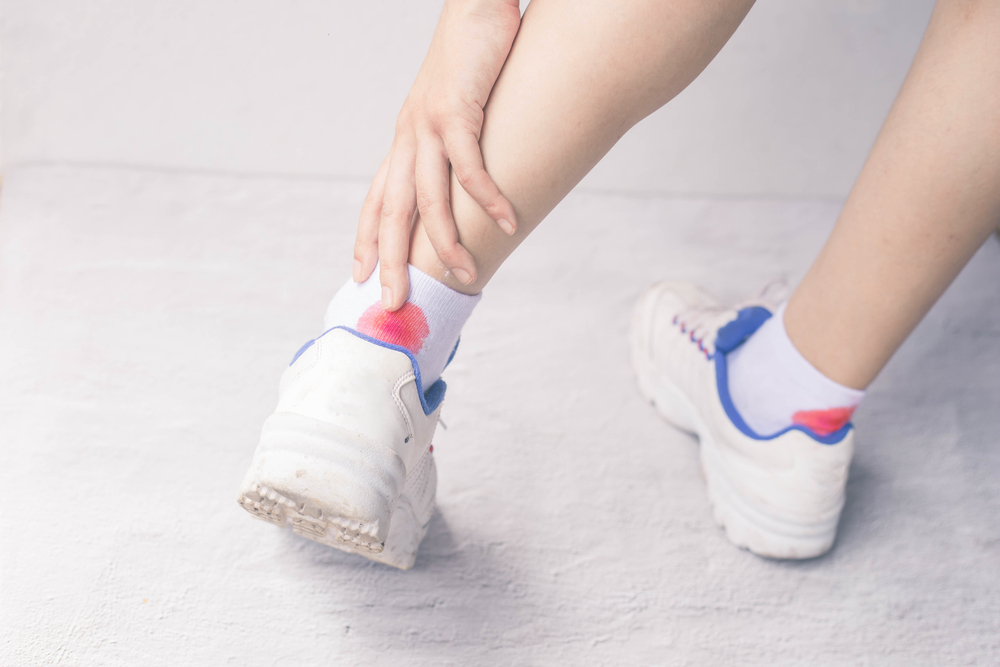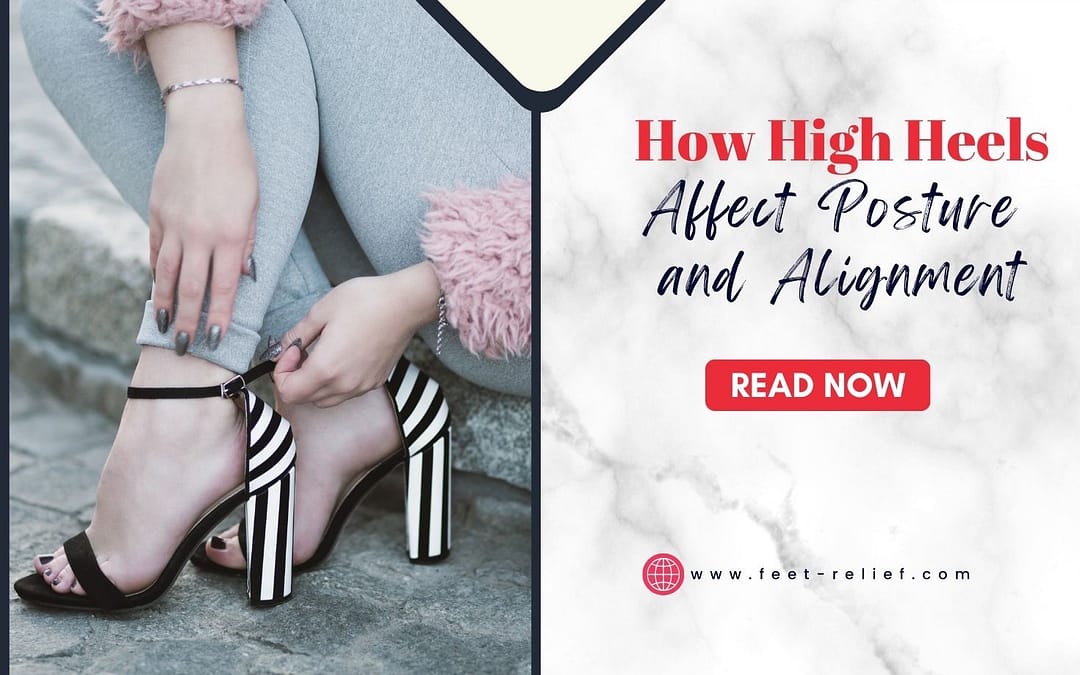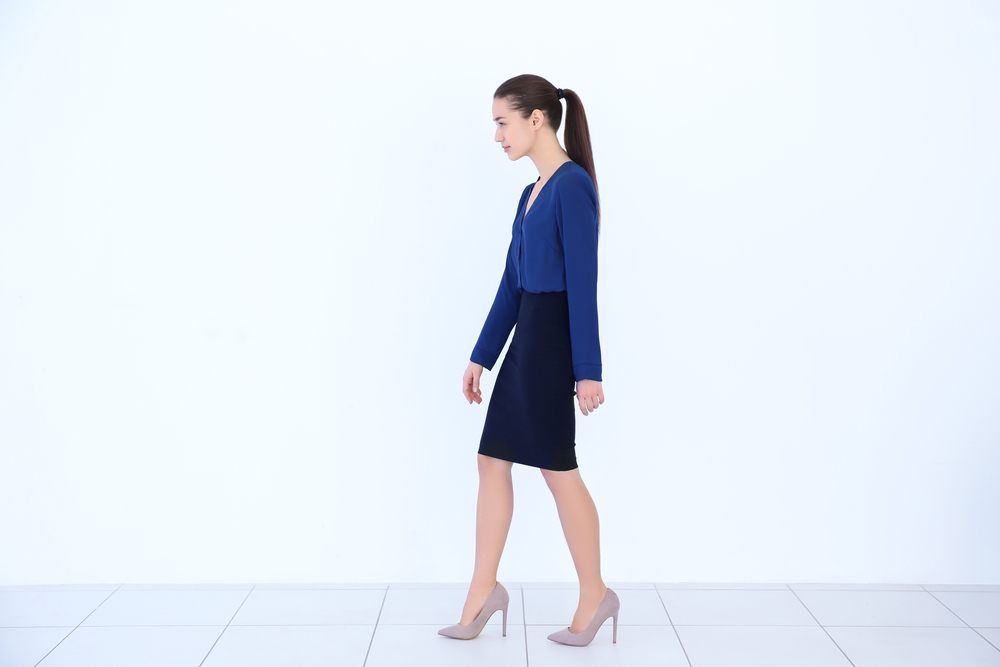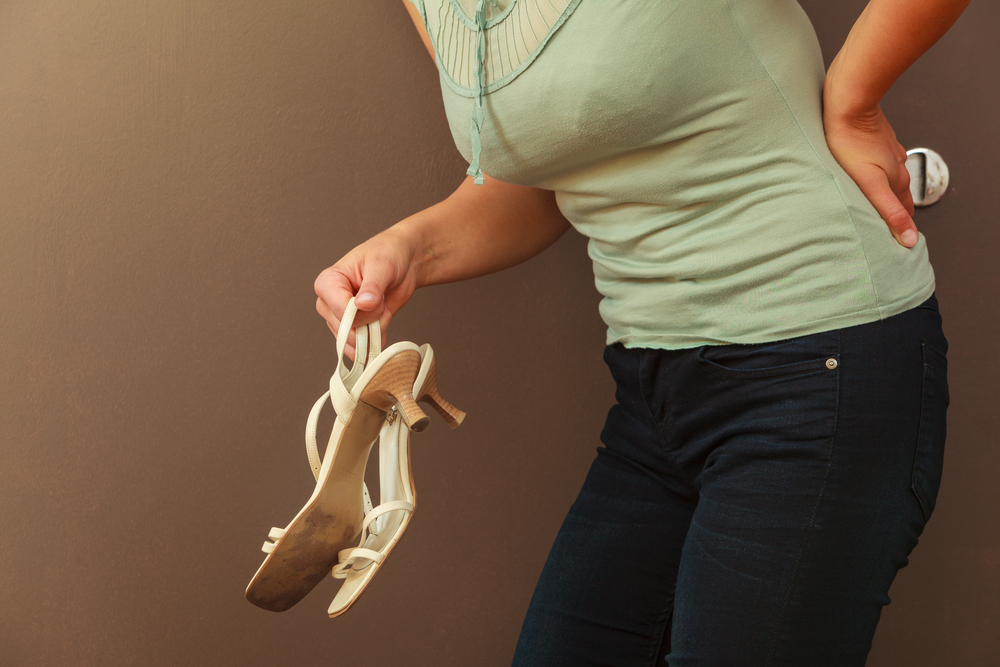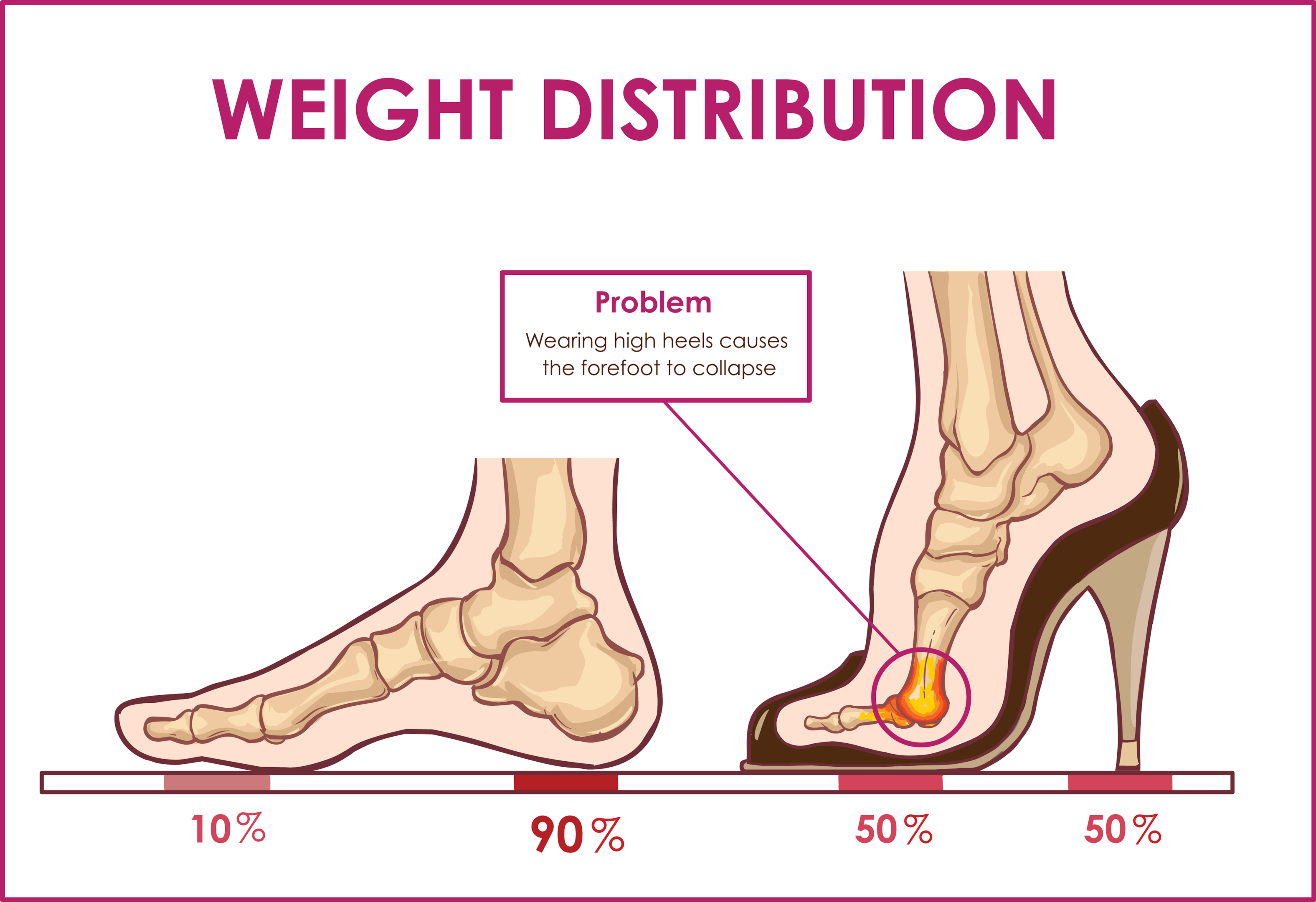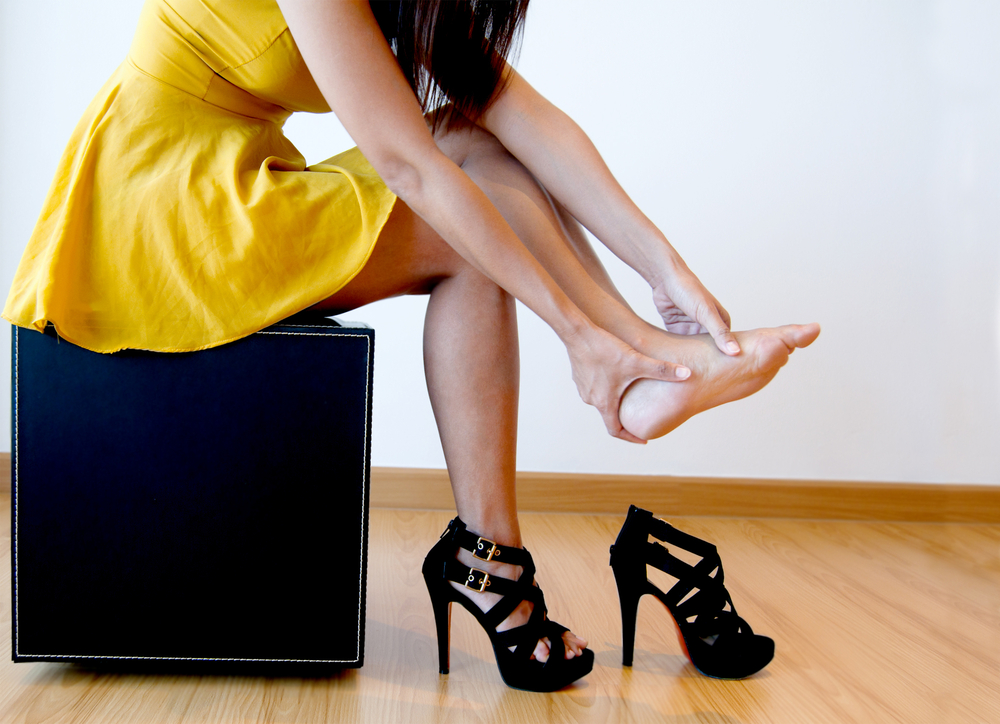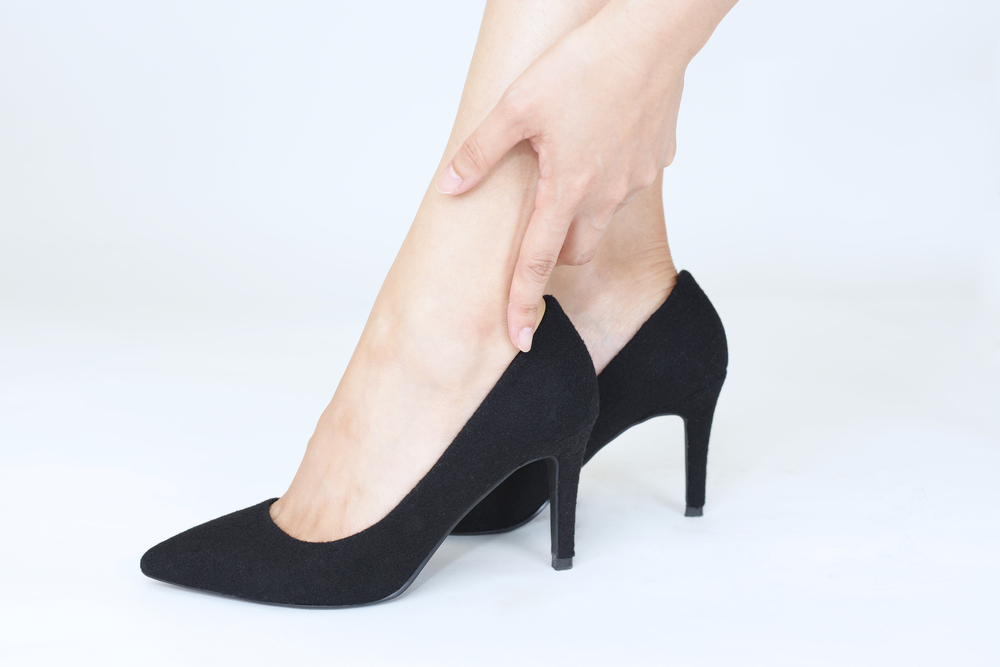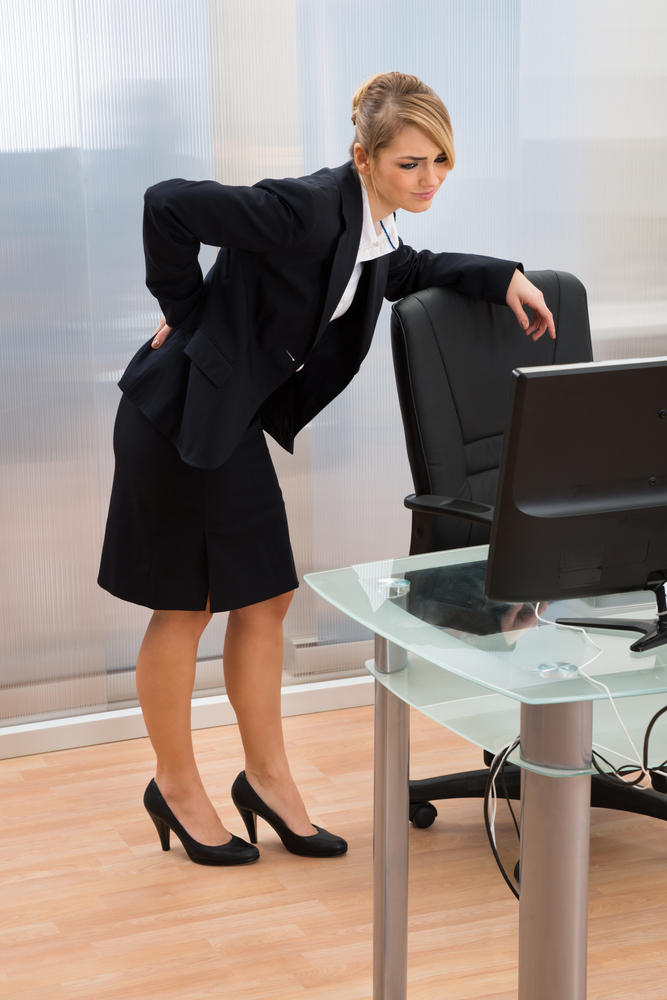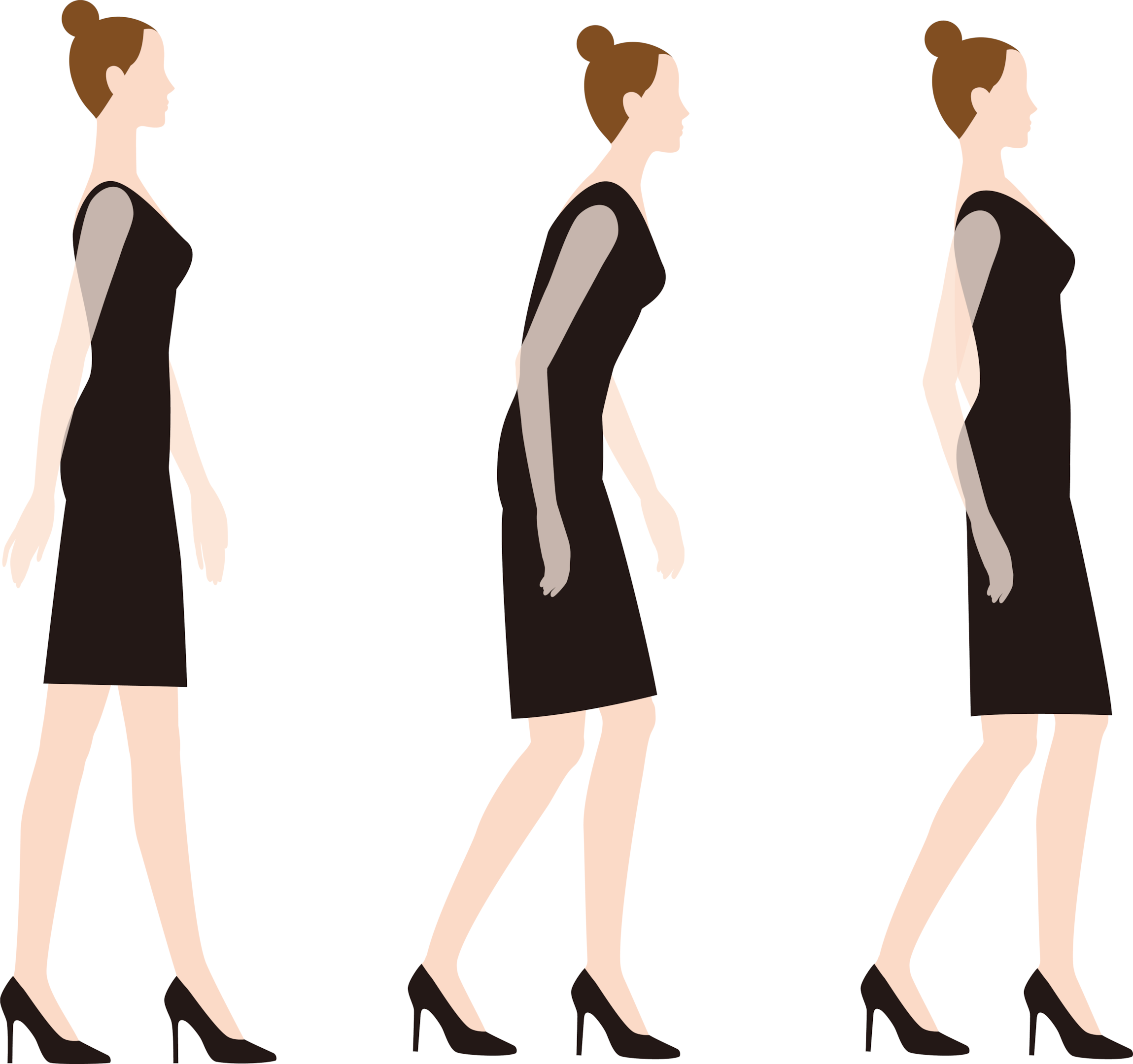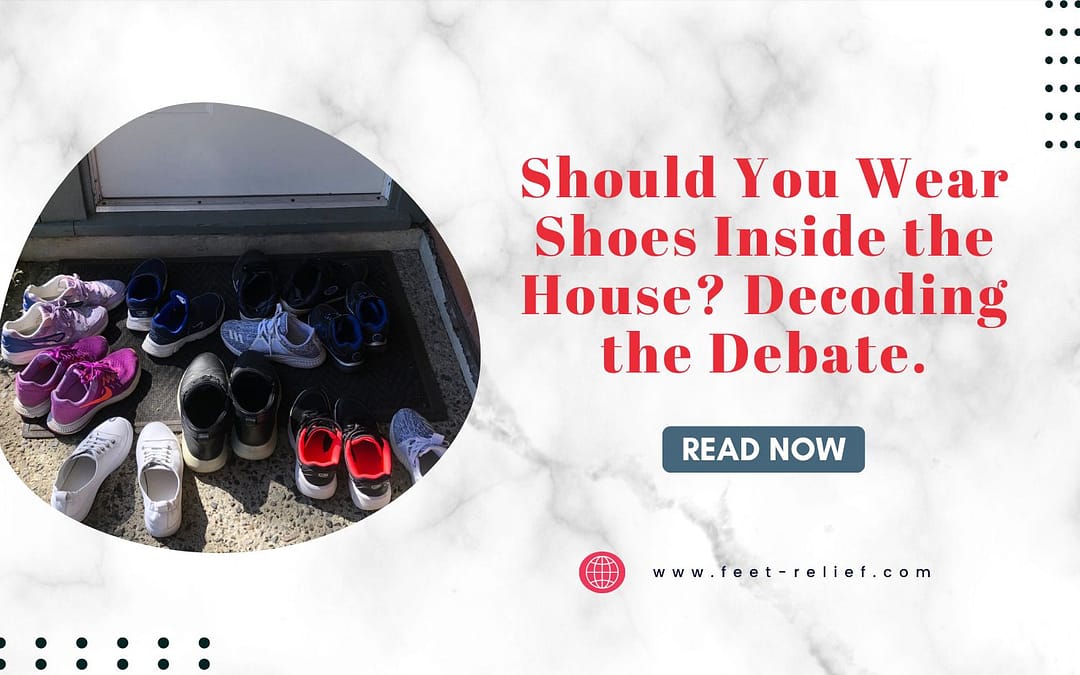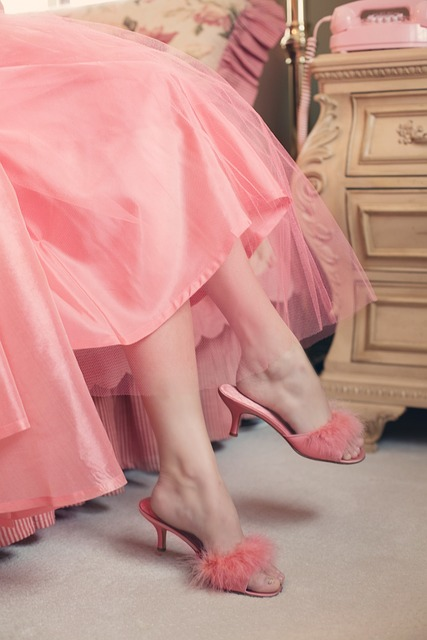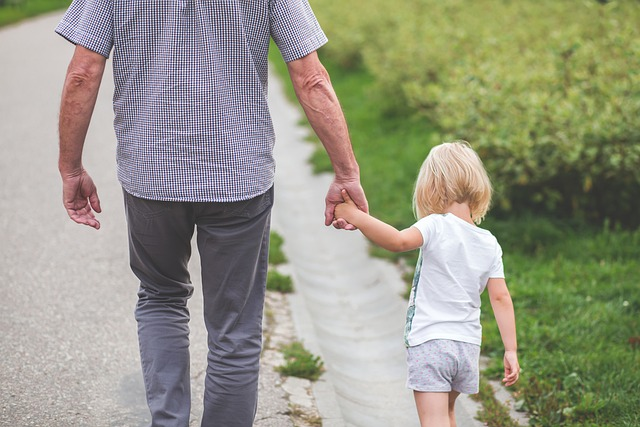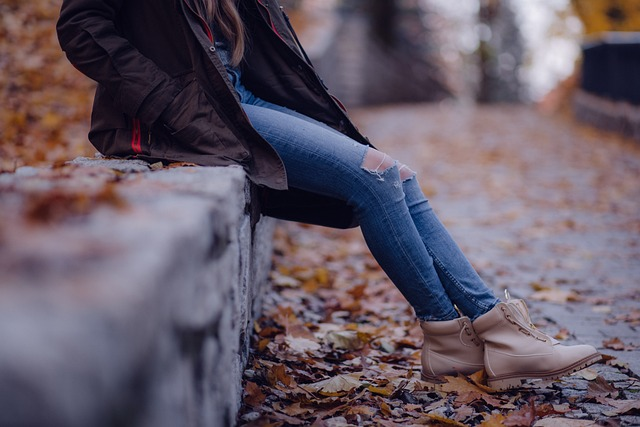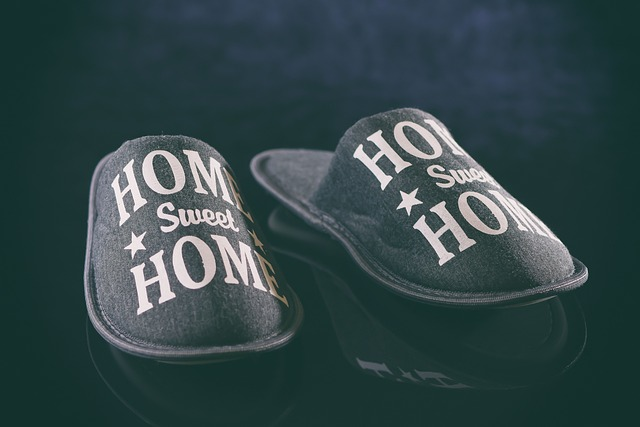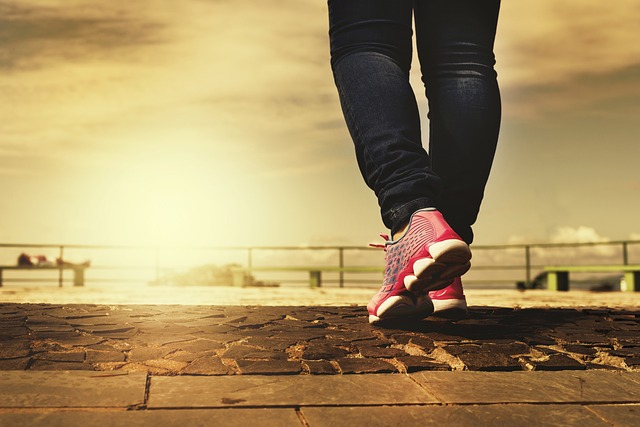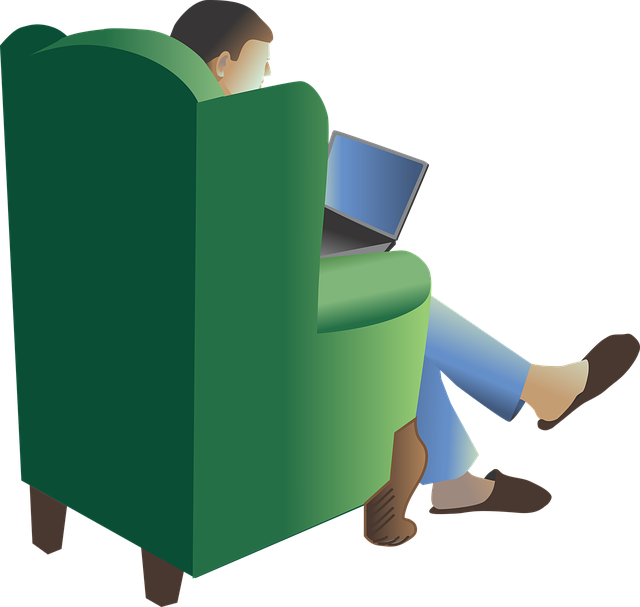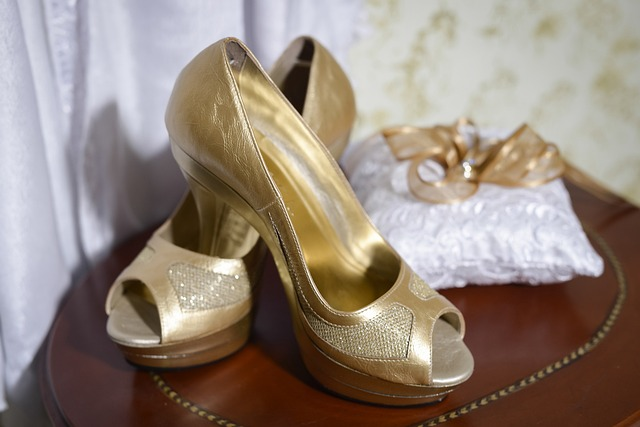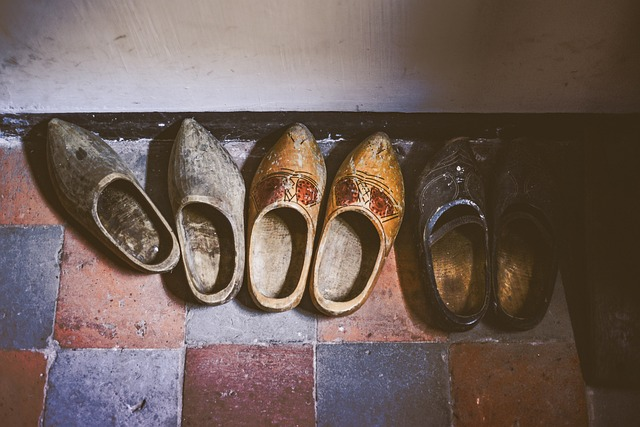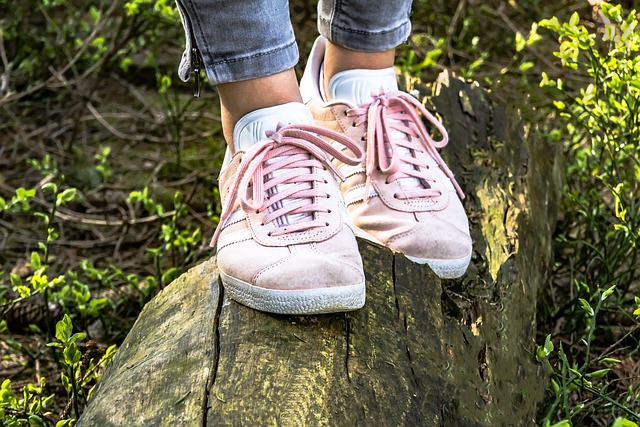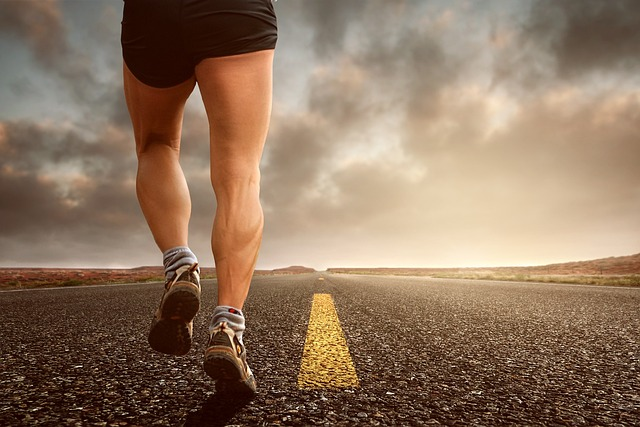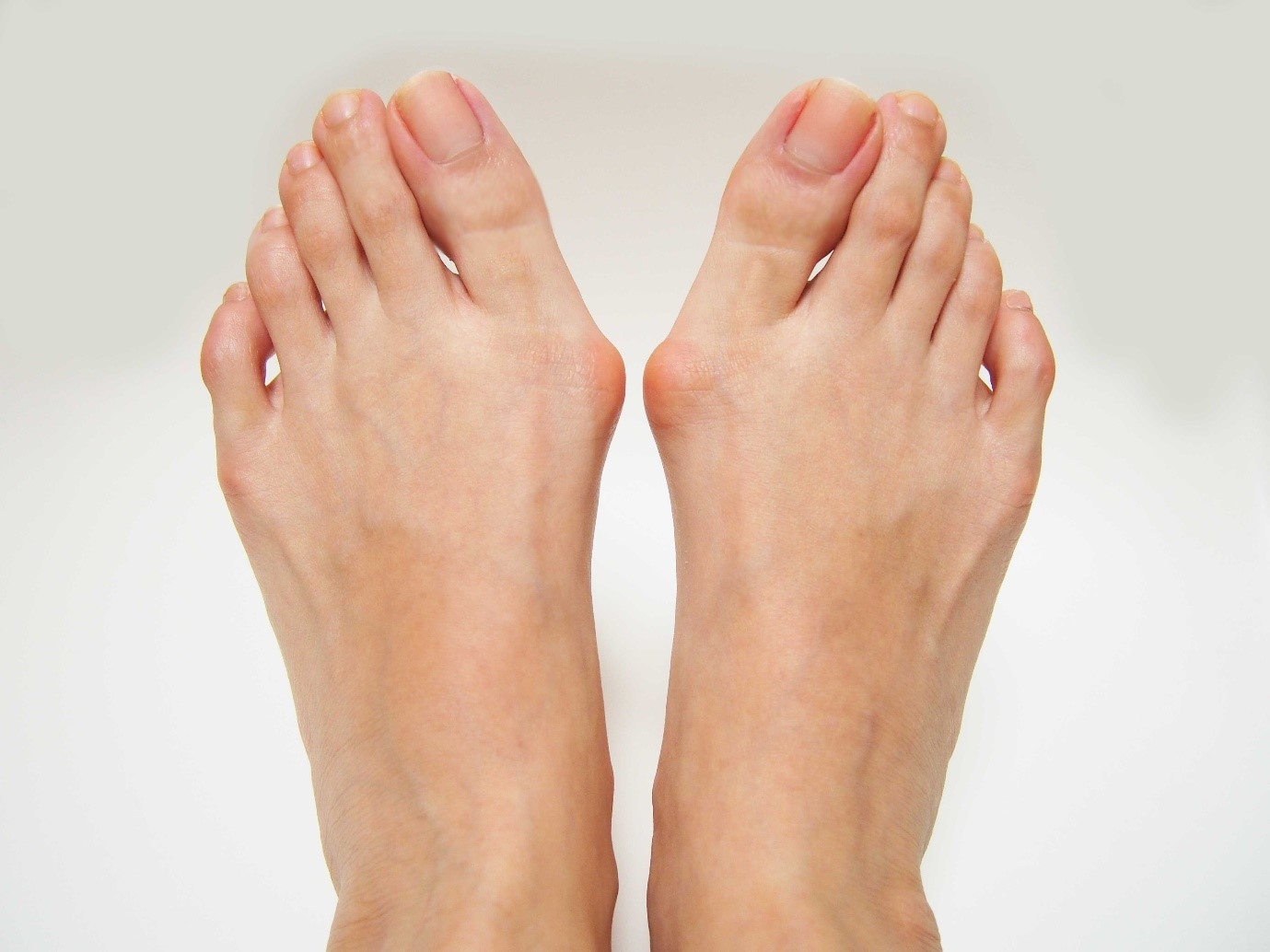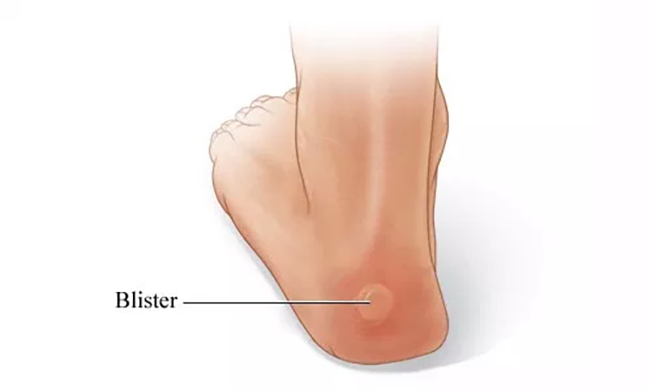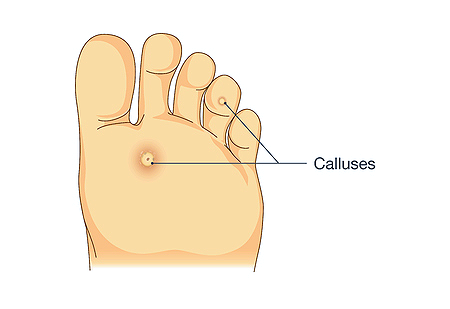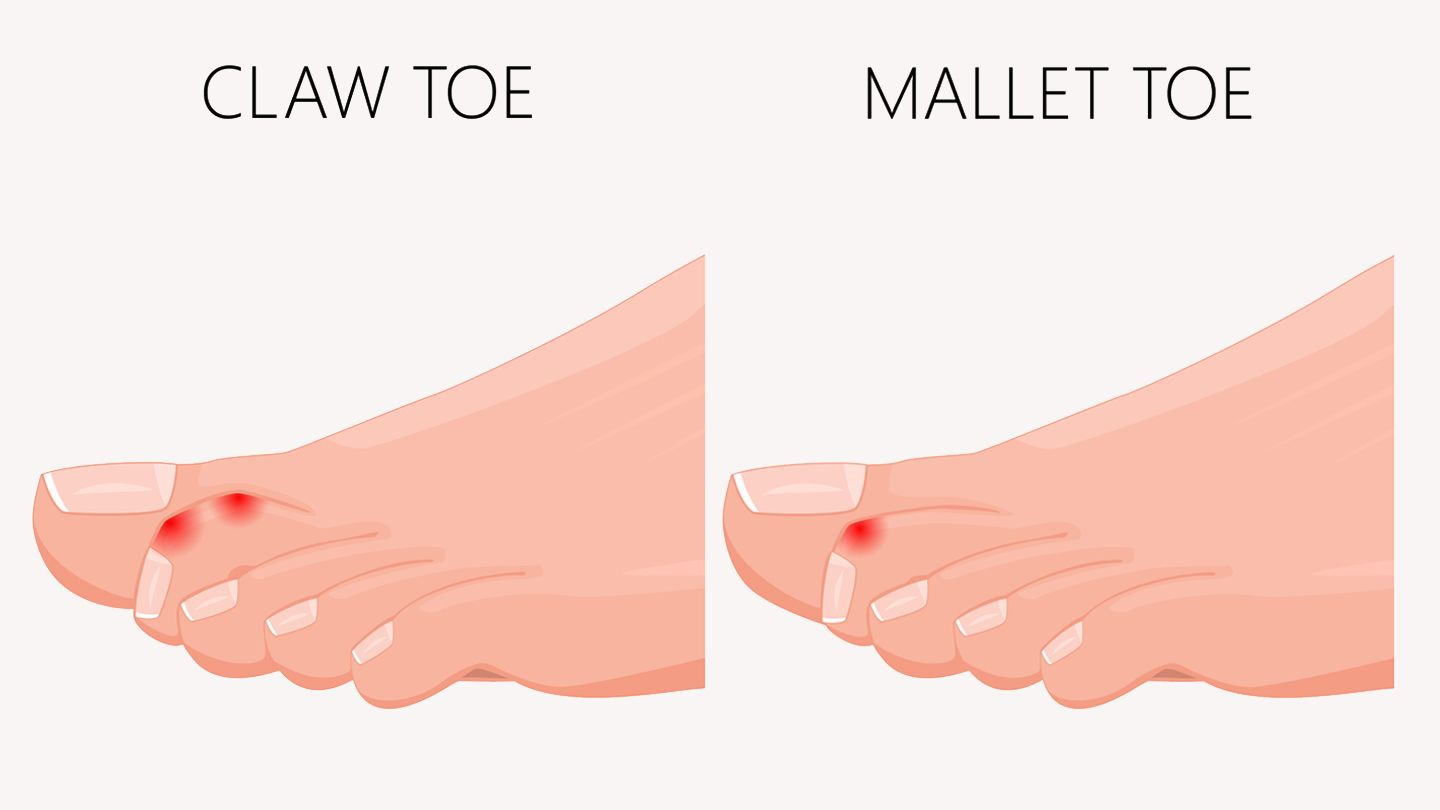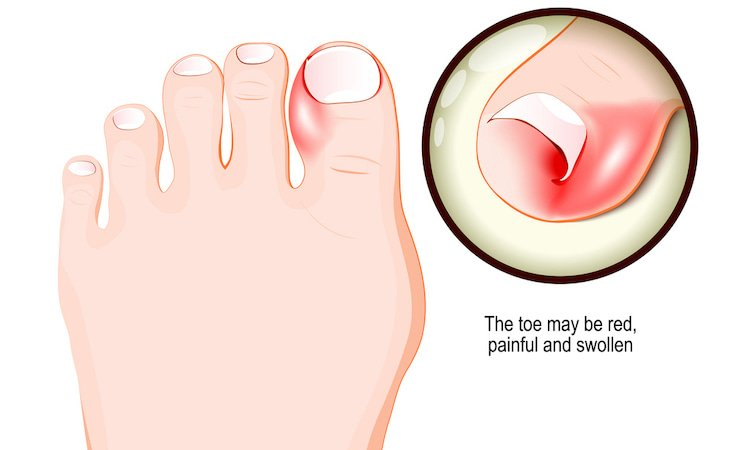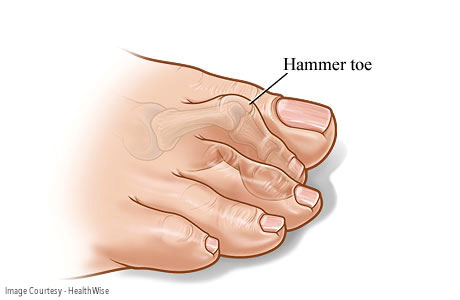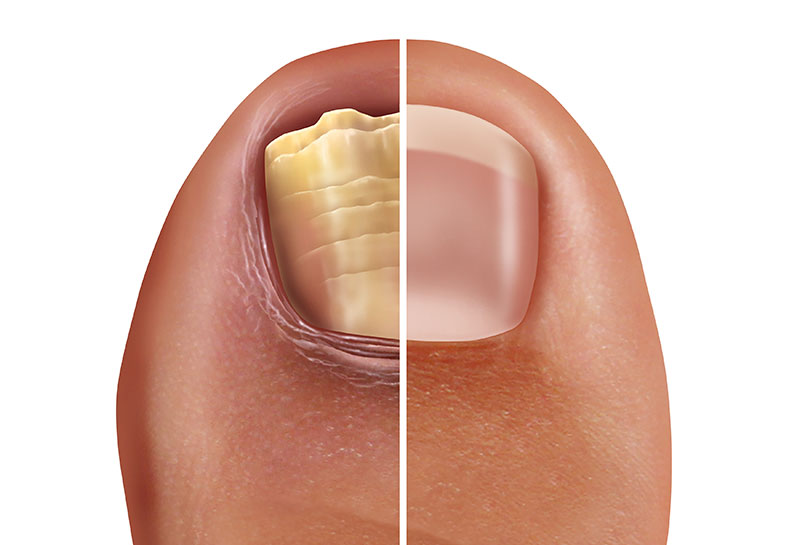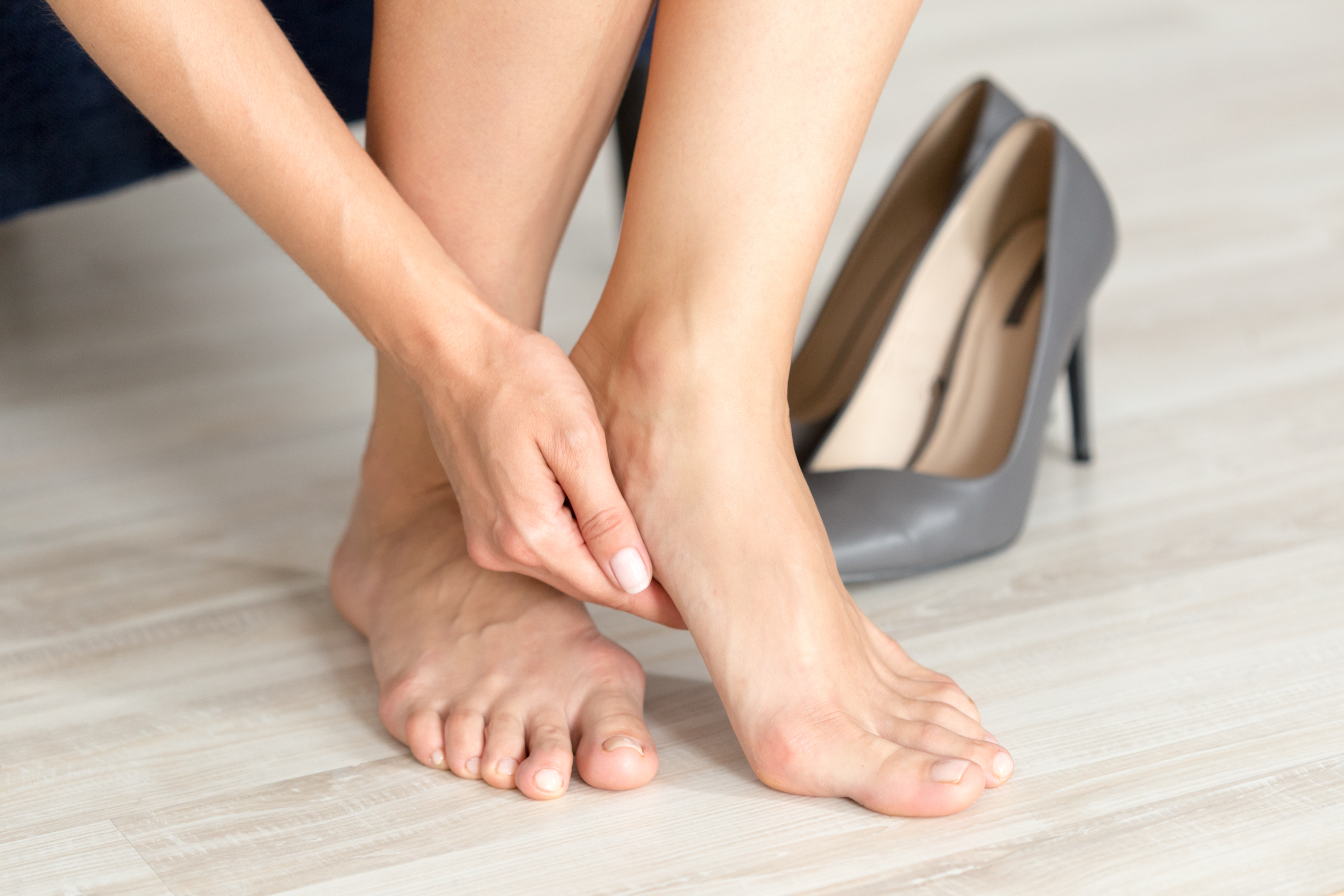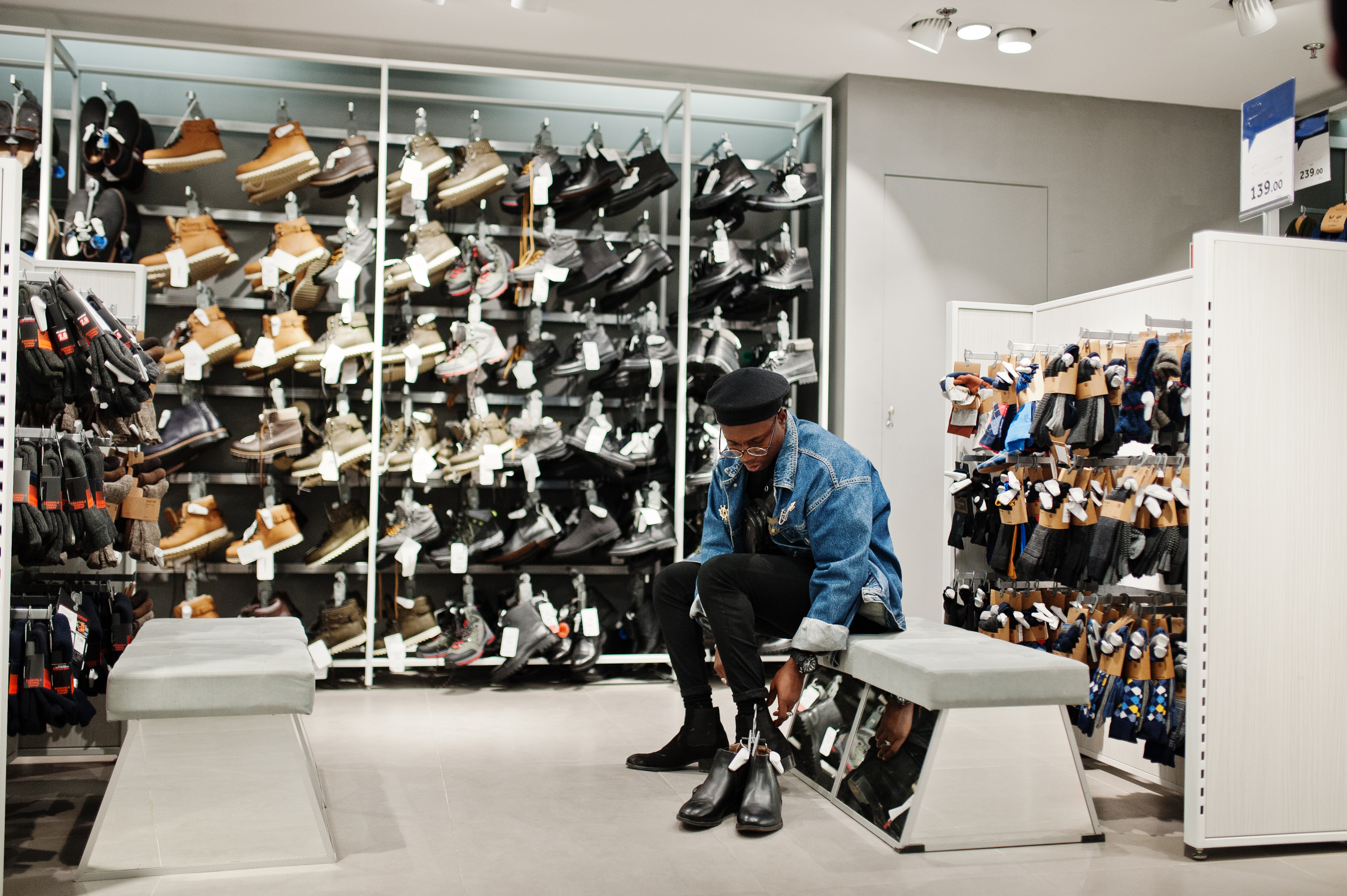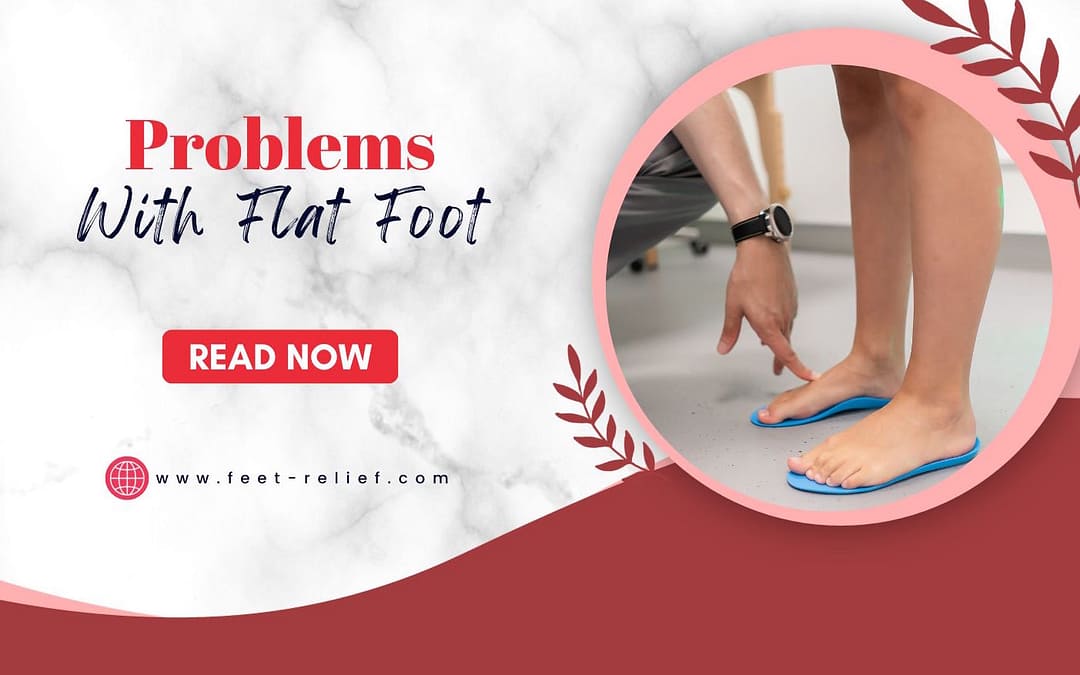
Problems With Flat Foot
“My feet hurt!” My father never liked walking long distances, though he maintained a very strong and healthy body. The reason was simply his problems with flat foot. They hurt and later led to some serious complications of flat feet. Dad was a self-employed mechanic and tow truck driver. He worked long hours and never complained about heavy work. But he suffered from foot pain all of his life.
As someone who has witnessed the struggles of family members with flat feet, I understand how it can impact one’s daily life. In this article titled “Problems With Flat Foot,” we explore the complications of having flat feet. We discuss how they affect our overall well-being. From foot pain and discomfort to potential joint problems and arthritis, we delve into the wide-ranging consequences of this common condition.
Join me as we navigate the complexities of flat feet and discover ways to manage and have flexible flat feet and alleviate its associated complications.
What is Flat Feet?
Flat feet, also known as fallen arches or pes planus, are a well-known and common condition. In plain terms, flat feet occur when the arch of the foot collapses, allowing the entire sole to come into contact with the ground.
While many individuals with flat feet experience no adverse effects, others may encounter complications such as chronic pain, muscular strain, and balance issues. This article provides an informative conversational overview of the complications associated with flat feet, their causes, treatment options, and preventive measures.
Identifying Flat Feet
Flat feet can be identified by observing the individual’s foot when standing or walking. The absence of an upward curve in the middle of the foot or a visible arch is a clear sign of flat feet. Some people who develop flat feet may also notice that their shoes wear out faster on the inside of the shoe, indicating an inward tilt of the foot. It’s important to consult a healthcare professional or a podiatrist to diagnose flat feet accurately.
Causes of Flat Feet
Flat feet can be congenital, meaning a person with a flexible flat foot is born with it, or it can develop over time due to various factors:
Genetics: Flat feet can be passed down from parents to children through genes.
- Aging: With age, the tendons and ligaments that support the foot arch can weaken, leading to flat feet.
- Injury: Injuries to the foot or ankle can damage the structure and function of the arch, resulting in flat feet.
- Obesity: Excessive body weight can put immense pressure on the foot arch, causing it to collapse.
- Medical Conditions: Certain conditions like rheumatoid arthritis, diabetes, and hypertension increase the risk of developing flat feet.
Symptoms of Flat Feet
While flat feet often don’t cause discomfort, some people may experience symptoms like:
- Pain in the foot, ankle, or lower leg area
- Swelling along the inside of the ankle
- Difficulty in standing on tiptoes
- Foot fatigue and discomfort after walking or standing for extended periods
Complications of Flat Feet
Flat feet can lead to various complications if left untreated:
Chronic Muscle Strain
Flat feet can cause chronic muscle strain as the body’s muscles compensate for the foot’s instability. This strain can become severe when the activity level rigid flat foot is increased, leading to significant pain and discomfort.
Leg and Back Pain
Flat feet can cause leg and back pain due to poor posture and unnatural gait. The inward rotation of the lower legs due to flat feet can affect the entire leg, including the hips, leading to long-term pain and discomfort.
Musculoskeletal Problems
The instability caused by flat feet can lead to various musculoskeletal problems. The body’s balance begins in the feet, and when the feet do not provide adequate support, it can raise the risk of joint issues and injuries.
Foot and Ankle Injuries
Flat feet can increase the risk of foot, heel, and ankle injuries. The foot’s arch helps distribute body weight evenly across the feet. Without this arch, the weight distribution becomes skewed, increasing the chance of injuries.

Treatment Options for Flat Feet
The treatment approach for flat feet usually depends on the severity of the condition and the symptoms experienced by the individual. Some of the standard treatment options for flexible flatfoot include:
- Orthotic Devices: Custom orthotics or shoe inserts help support the arch and alleviate discomfort.
- Supportive Footwear: Wearing shoes that offer good arch support helps manage the symptoms of flat feet.
- Physical Therapy: Specific exercises can strengthen the muscles in the feet and help improve foot mechanics.
- Medication: Nonsteroidal anti-inflammatory drugs (NSAIDs) can help reduce pain and inflammation.
- Surgery: In severe cases, surgical procedures may be recommended to correct the foot structure.
Prevention of Flat Feet
While flat feet caused by genetic factors cannot be prevented, there are strategies to minimize the various risk factors of developing acquired flat feet:
- Maintain a healthy weight. This reduces the pressure on the feet.
- Wear shoes with good arch support.
- Avoid any activities that put excessive stress on the feet. (see suggestions below)
- Incorporate foot and ankle strengthening exercises into your routine.
Activities That Put Excessive Stress on the Feet Include
- Running and jogging: These activities involve repetitive high-impact forces on the feet, which can lead to injuries. These might include plantar fasciitis, Achilles tendonitis, and stress fractures.
- Jumping and landing: These activities also put a lot of stress on the feet, especially if you land on hard surfaces.
- Dancing: Dancing stresses the feet, ankles, and knees.
- Hiking: Hiking, especially on uneven or rocky terrain, puts a lot of stress on the feet.
- Standing for long periods: Standing in one place puts much stress on the feet. This is especially true if you wear shoes that do not provide good support. If you must stand, try to move around as much as possible. It also helps to shift your weight from one leg to the other occasionally.
- Wearing high heels: High heels can put a lot of stress on the balls of the feet and the arches. Most podiatrists recommend avoiding wearing high heels.
- Carrying heavy objects: Carrying heavy objects puts excess stress on the feet and ankles.
If you have foot problems, such as flat feet, bunions, or hammertoes, you are more likely to experience pain and discomfort from these activities. It is important to choose activities that are appropriate for your fitness level and foot condition. You should also wear supportive shoes and take breaks when needed.
Tips for Your Foot Joints and Reducing Stress on Your Feet
- First, warm up before any activity that involves putting weight on your feet.
- Wear shoes that fit well and provide good support for your feet.
- Avoid activities that put excessive stress on your feet. These include running on hard surfaces, jumping, high-impact aerobics, or wearing high heels for long periods.
- Also, take breaks when needed, especially if you are standing or walking for long periods.
- Ice your feet after activities that put a lot of stress on them.
- See a doctor if you experience any pain or discomfort in your feet.
Flat Feet and Quality of Life
Flat feet often significantly impact a person’s quality of life, particularly if it leads to chronic pain and mobility issues. Individuals with flat feet must seek medical advice and explore treatment options. With the right approach, it’s possible to manage the symptoms of flat feet and maintain a healthy, active lifestyle.
Do You Have Problems With Flat Foot Pain?
While flat feet are a common condition, it’s essential to understand its potential complications, especially if you are experiencing discomfort or pain. Regular check-ups with your healthcare professional help monitor the condition and implement preventive measures or treatments. With proper care and management, individuals with flat feet can lead active lives without pain or discomfort.
Disclaimer: This article is intended for informational purposes only. It does not constitute medical advice. Your doctor is your best choice for diagnosis and treatment advice. Always seek the advice of your health provider with any questions you may have regarding this or other medical condition.
Common Questions on Problems With Flat Foot
Are there treatments for flat feet?
Yes. This includes orthotic devices, physical therapy, exercises, footwear modifications, and in severe cases, surgery.
When should I see a doctor about flat feet?
It’s important to seek medical attention when there is persistent or severe foot pain, difficulty walking, or if flat feet are causing other health issues.
How are flat feet diagnosed?
Usually, this may involve physical examination, observation of foot structure, and possibly imaging like X-rays or MRI.

